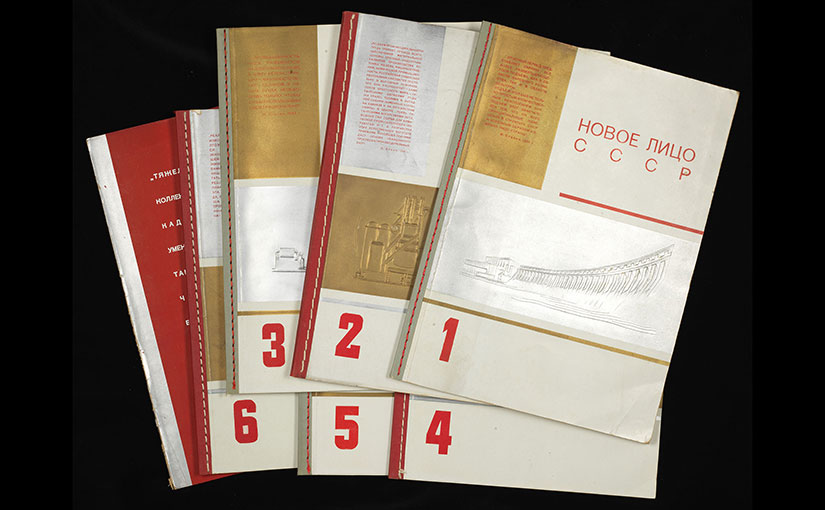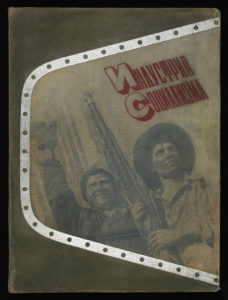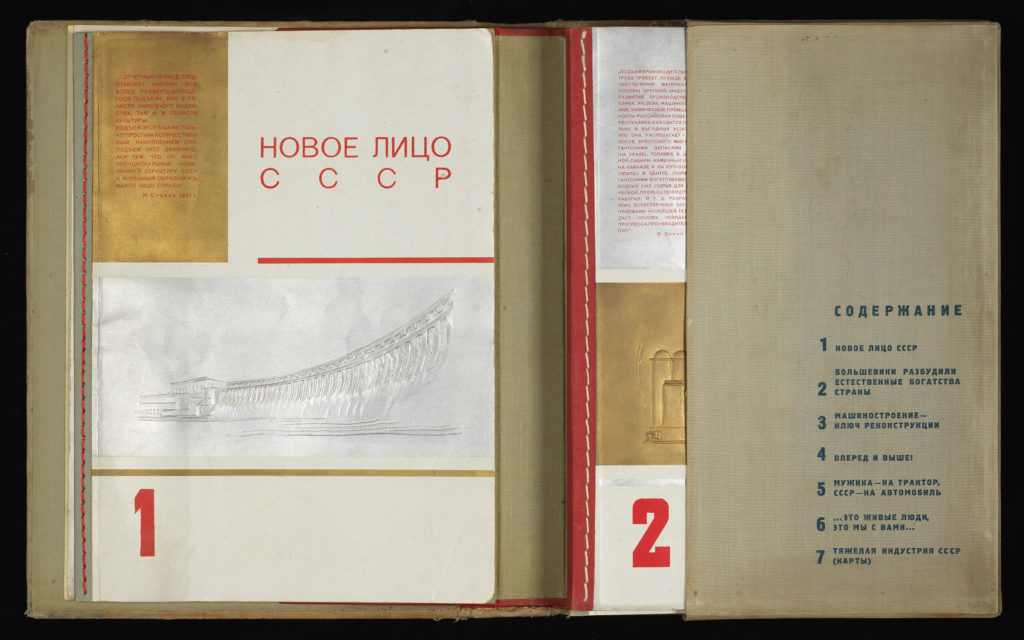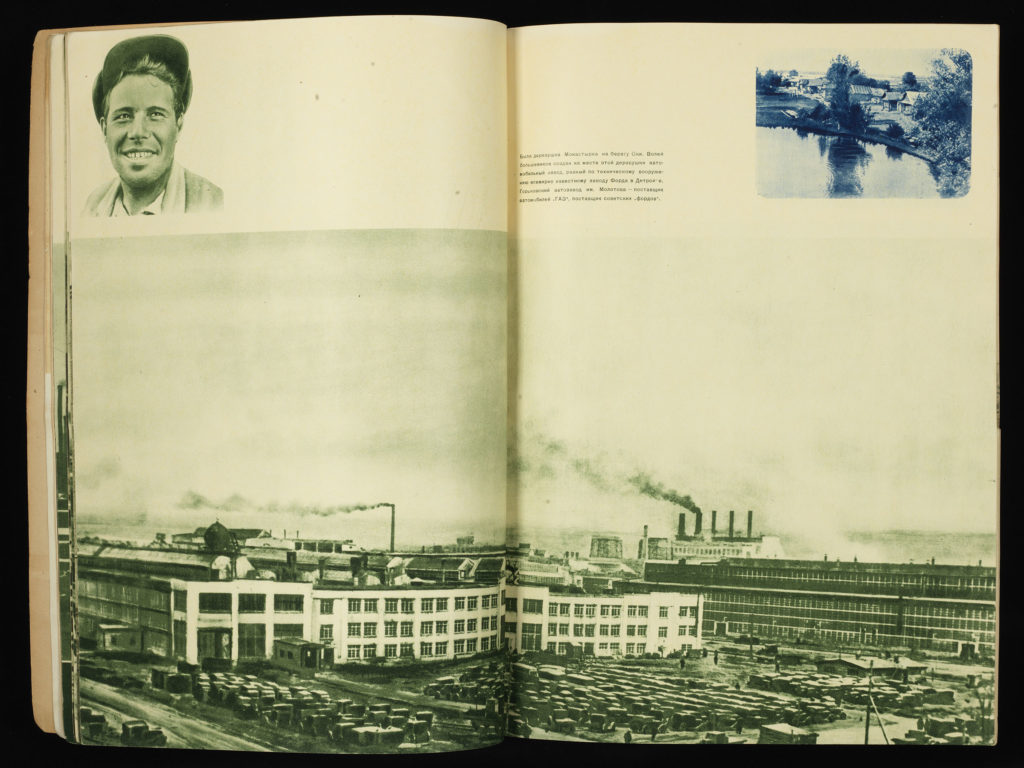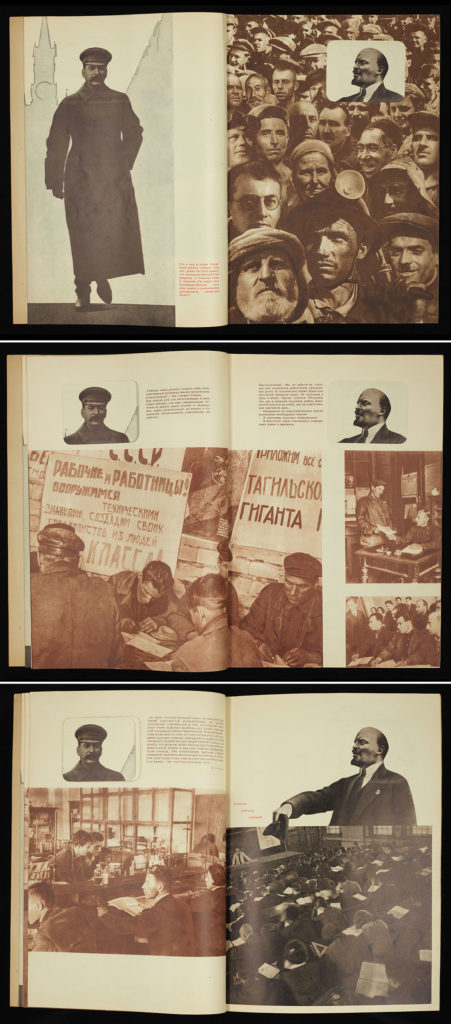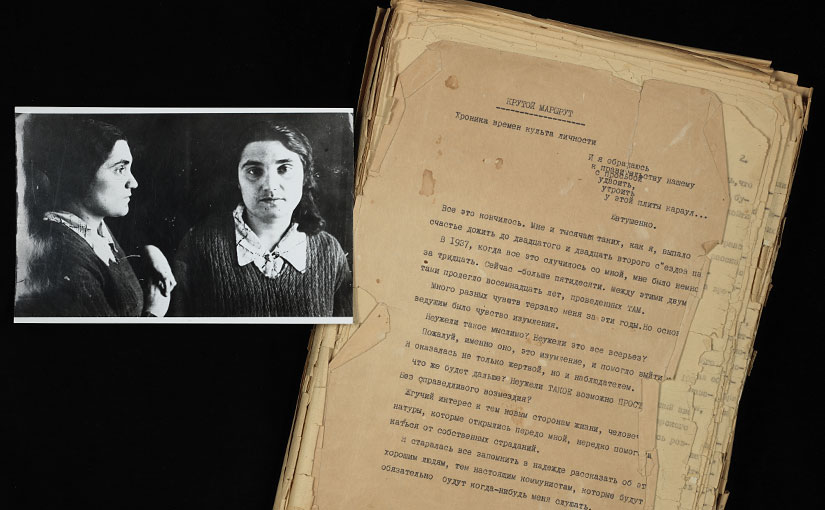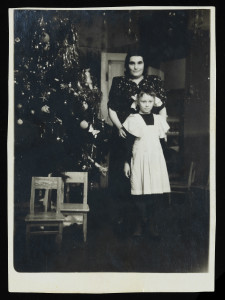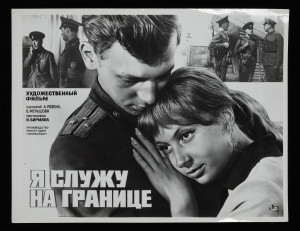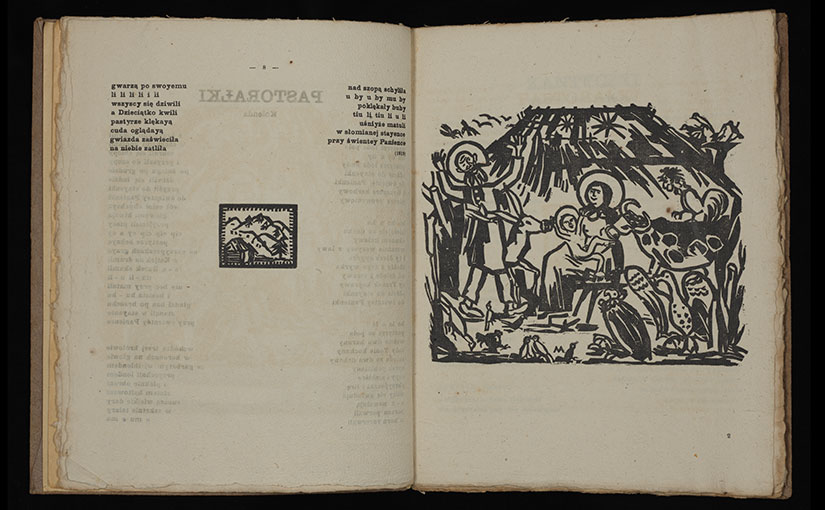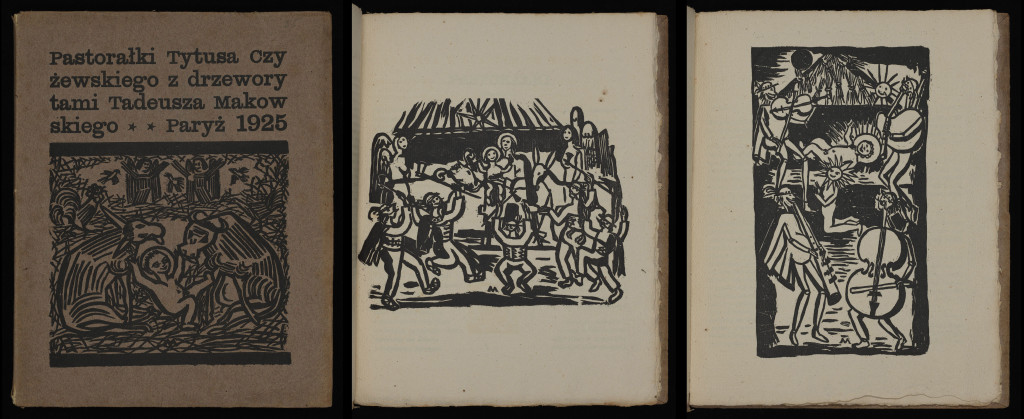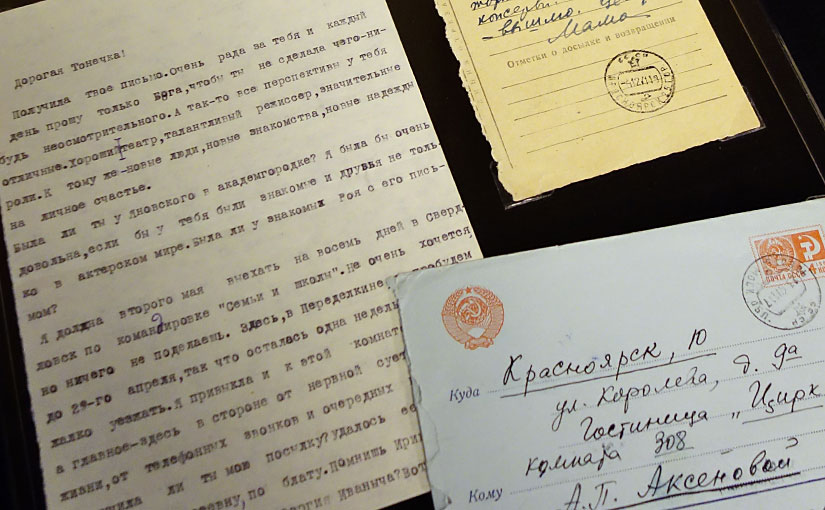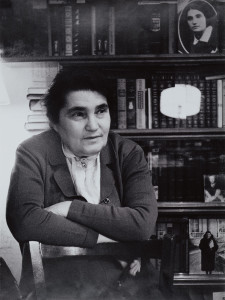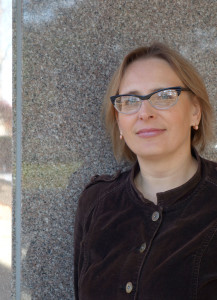 Letters written by and to Lady Byron—these are among the many rich surprises Natasha Lyandres has found in Rare Books and Special Collections (RBSC) since she joined the department in Fall 2013 as Head of Special Collections.
Letters written by and to Lady Byron—these are among the many rich surprises Natasha Lyandres has found in Rare Books and Special Collections (RBSC) since she joined the department in Fall 2013 as Head of Special Collections.
Before joining RBSC, Natasha studied Art History at Moscow State University and then earned a Master of Library and Information Science degree from San Jose State University. She has held positions as Special Projects Librarian for the Hoover Institution Library and Archives at Stanford University, Reference Librarian for the Joyner Library at East Carolina University, and Head of Acquisition Resources and Discovery Services at Notre Dame.
The main focus for her, according to Natasha, is working with her staff to make RBSC collections more visible and accessible to students, faculty, and researchers. This involves processing collections and making them discoverable in the library’s online catalog and on the department’s website. She and her staff also make the intellectual content of their collections understandable to specialists and non-specialists alike by providing descriptions on the RBSC website, talking to individuals, teaching classes in RBSC, and co-teaching courses with campus faculty.
Natasha is also curator of Russian and Eastern European collections. She continually searches for rare and unique materials that support the existing collection strengths and the research interests of Notre Dame teaching faculty. Among her recent acquisitions are avant-garde Russian and Polish rare books, materials by Aleksandr Solzhenitsyn and Joseph Brodsky, both recipients of the Nobel Prize for Literature, as well as documents about extraordinary lives of their interesting but less well-known contemporaries. Currently, she is working with the department’s manuscript processor, Ken Kinslow, to finalize the processing of and finding aid for the Elizabeth Markstein papers she acquired.
When asked if there is an item she dreams about acquiring for RBSC, Natasha replied without hesitating, “Kazimir Malevich’s On New Systems in Art: Statics and Speed—this is a phenomenal work by one of the most important artists of the twentieth century!” Natasha’s interests extend beyond art and manuscripts. She is currently immersed in The Millionaire and the Bard: Henry Folger’s Obsessive Hunt for Shakespeare’s First Folio by Andrea Mays. This page-turning read is setting the stage for the upcoming exhibit RBSC is hosting, First Folio! The Book that Gave Us Shakespeare, January 6-30, 2016. Notre Dame is the sole Indiana site to host the Folger Shakespeare Library’s national traveling exhibition of Shakespeare’s First Folio.
Natasha’s parting words returned us to the department and its staff. Admitting that she really enjoys working with the breadth of RBSC’s collections, she said in no uncertain terms that the highlight for her is “working with the people first and foremost because of the knowledge they possess about so many different things and because they are all so enthusiastic about what they do.”
 This work is licensed under a Creative Commons Attribution 4.0 International License.
This work is licensed under a Creative Commons Attribution 4.0 International License.

